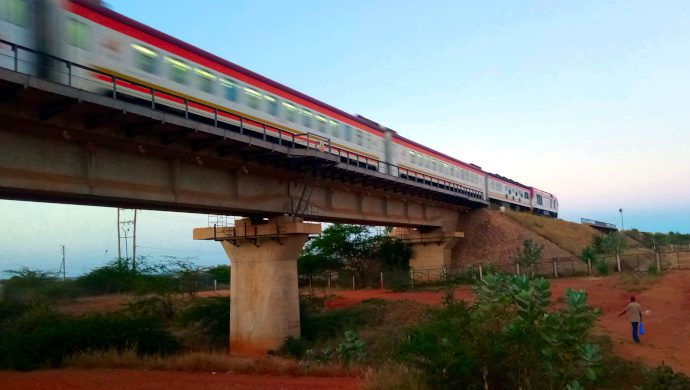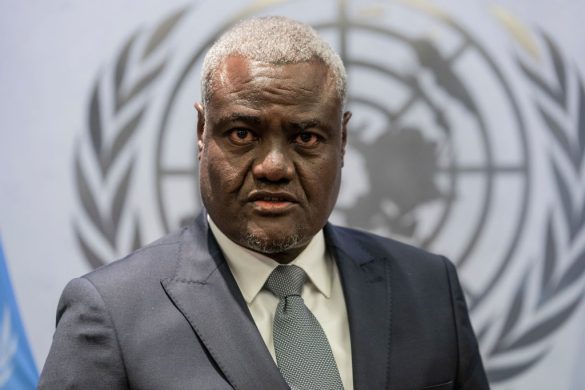Hvis du aldrig har hørt om ADF-NALU-militsen, selv om du følger med i begivenhederne i kæmpelandet i Afrikas hjerte, er det ikke så mærkeligt, men faktum er, at militsen ser ud til at vokse i styrke uanset alle forsøg på at slå den ned.
KINSHASA, 27 January 2014 (IRIN): On 16 January, the DR Congo’s army (FARDC) launched an operation in the eastern Kivu region of Beni to neutralize the Islamic Alliance of Democratic Forces (ADF-NALU) militia, whose prominence has been growing amid fears of its links with global terrorist movements.
The FARDC offensive, dubbed ‘Sokola’, meaning to “clean out” in the Lingala language, follows the successful November routing out of the M23 militia after a joint UN-FARDC exercise.
“The ADF is not strong like M23. They do not enjoy foreign support like M23 did. We are going to defeat them”, Lambert Mende, the Congolese government spokesperson, told IRIN, adding:
“They must heed the directive by President Kabila for them to disarm and participate in DDR [disarmament, demobilization and reintegration]. Otherwise, if they do not, they are going to face the consequences”.
In this briefing, IRIN offers insight into the ADF-NALU, examines the threat they pose and highlights analysts’ thoughts on how tackle them.
Who are the ADF-NALU?
ADF-NALU comprises some 800-1.400 combatants, without including the women and children in its ranks.
Based in the northwestern Ruwenzori Mountain region, along the border with Uganda, the militia is a “tightly controlled organization”, according to a UN Group of Experts report. Butembo, Beni and Oicha are in North Kivu Province.
The militia is subsisting on illegal logging and gold mining as well as a “network of car and motorcycle taxis operating between Butembo, Beni and Oicha”, and “money transfers from London, Kenya and Uganda, which are collected through Congolese intermediaries in Beni and Butembo”, according to the UN report.
The group arrived from Uganda in 1995. Since then, attempts at neutralizing ADF-NALU in 2005 and in 2010 have been unsuccessful.
“This Congolese-Ugandan armed group has shown remarkable resilience (modstandskraft) attributable to (som må tilskrives) its geostrategic position, its successful integration into the cross-border economy and corruption in the security forces,” explained the International Crisis Group (ICG) in a 2012 report.
ADF-NALU has several training camps in eastern DR Congo and equipment such as mortars, machine guns and rocket-propelled grenades, according to the UN experts report.
The militia has been boosting its numbers through recruitment and kidnappings. Between July 2010 and November 2013, Beni’s civil society registered 660 abductions by ADF-NALU, 382 of which occurred in 2013 alone.
Recently, MONUSCO helicopters on a reconnaissance mission were shot at by the militia, civil society alleged.
(MONUSCO er FNs freds- og stabiliseringsmission i DR Congo –
se http://monusco.unmissions.org)
What threat does ADF-NALU pose?
Læs videre på
http://www.irinnews.org/report/99538/briefing-adf-nalu-militia-in-drc














